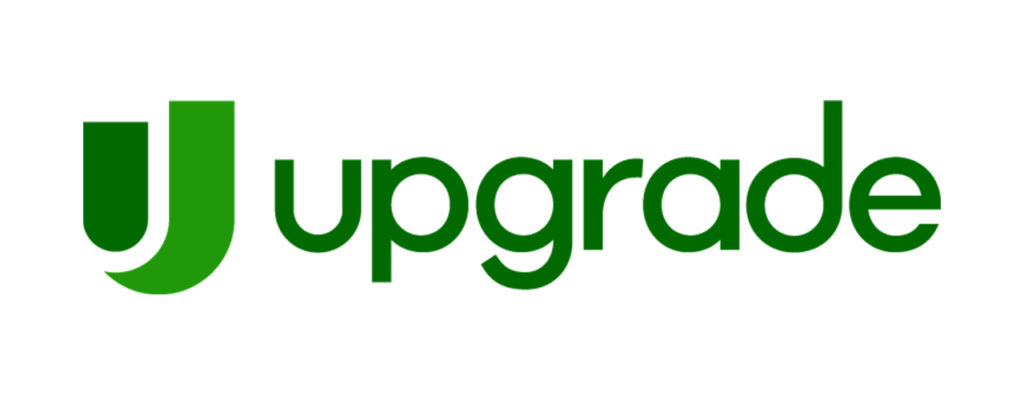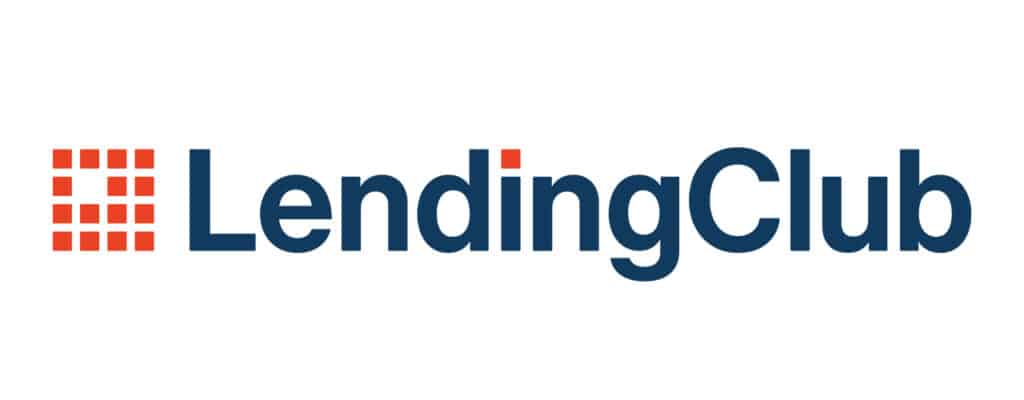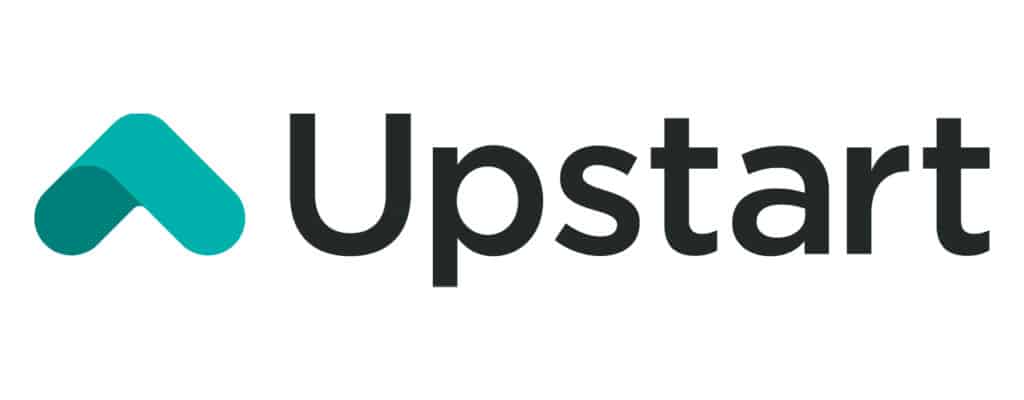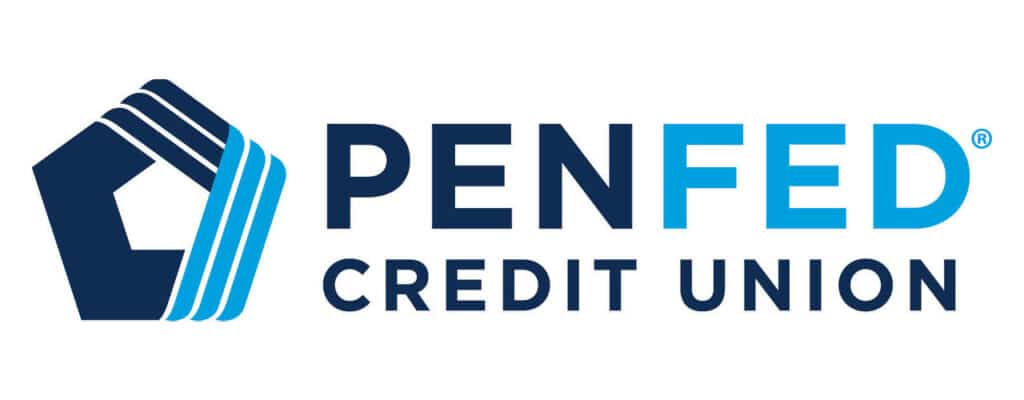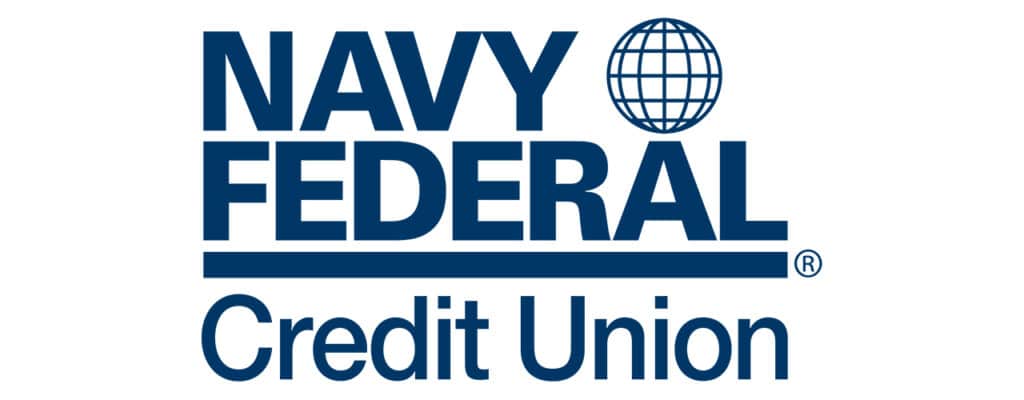Most products on this page are from partners who may compensate us. This may influence which products we write about and where and how they appear on the page. However, opinions expressed here are the author's alone, not those of any bank, credit card issuer, airline or hotel chain. Non-Monetized. The information related to Chase credit cards was collected by Slickdeals and has not been reviewed or provided by the issuer of these products. Product details may vary. Please see issuer website for current information. Slickdeals does not receive commission for these products/cards.
Sometimes, it doesn't take much to turn your world upside down. A 2022 LendingClub survey found that the average emergency costs $1,400, and nearly 46% of U.S. consumers have faced at least one unexpected expense within the last 90 days.
So, if you need to borrow a smaller amount of cash—for whatever reason—you have plenty of options. You can take out a personal loan or choose an alternative option for fast cash. We'll walk you through your choices and how to choose the best small personal loan, if you decide that's the best option.
What Counts as a Small Personal Loan?
There’s no official definition of what counts as a "small personal loan." The definition is subjective; what one person considers a small loan might be huge to someone else.
For the purposes of this guide, we'll look at lenders with a low loan minimum, which can be enough to cover the average emergency cost of around $1,400 without having you commit to a higher minimum just to take out the loan.
5 Best Small Personal Loans
Luckily, there are many loan options for smaller personal loans. Here are some of the best loan offerings with minimums of $1,500 or less:
- Best for Bad Credit: Upgrade
- Best for Fast Funding: LendingClub
- Best for Limited Credit: Upstart
- Best Credit Union: PenFed Credit Union
- Best for Military Members: Navy Federal Credit Union
Loan results will vary based on creditworthiness, loan purpose, loan amount, and other factors.
Best for Bad Credit: Upgrade
If you have a struggling credit score, Upgrade has a lower minimum credit requirement than most lenders and they may be willing to work with you. Although you may face higher rates than those with stronger credit.
Upgrade
- Loan Amounts$1,000 – $50,000
- Loan Terms24 – 84 months
- APR Range8.49% - 35.99%
- Minimum
Credit Score560 or aboveA credit score is used to indicate the creditworthiness of an applicant, but it is only one of several factors considered for approval. These credit scores alone are not guarantees for approval and should only be used as guidelines.
Borrowers with less-than-stellar credit profiles may find Upgrade personal loans accessible, and its quick funding and flexible payment due dates convenient.
Overview
Upgrade offers personal loans that are accessible to those with not-so-ideal credit scores. The low loan minimum of $1,000 also makes it an easy choice for those with small financing needs. However, borrowers in certain states will be subject to higher minimum loan amounts. With this lender, you can expect to pay an origination fee. Borrowers can view their rate before applying without impacting their credit score. Overall, Upgrade is worth considering if you’re looking for a lender that is willing to work with lower credit scores and offers loans with competitive rates and flexible terms.
Pros
- Accessible to borrowers with bad credit
- Flexible loan terms
- Joint applications allowed
- Secured loan options
- Direct payment to creditors
Cons
- Has origination fees
- No physical branches
- Higher APRs than some competitors
Best for Fast Funding: LendingClub
If you need money quickly, LendingClub can fund your loan within one business day after approval. The lender offers fixed-rate loans for as little as $1,000.
LendingClub
- Loan Amounts$1,000 – $40,000
- Loan Terms24 – 60 months
- APR Range9.57% – 35.99%
- Minimum
Credit Score600 or aboveA credit score is used to indicate the creditworthiness of an applicant, but it is only one of several factors considered for approval. These credit scores alone are not guarantees for approval and should only be used as guidelines.
Borrowers in the fair credit range who need a small loan can appreciate LendingClub's quick funding and option for direct payments to creditors with debt consolidation loans.
Overview
LendingClub can be a good fit for those looking to consolidate high-interest debt, as they offer the ability to pay your creditors directly from your loan. You can also use LendingClub loans for almost any purpose, from home improvements to medical bills. Eligible borrowers who need some assistance qualifying can apply for a joint loan, and borrowers can expect to receive funding as soon as 24 hours after approval. However, APRs do start at relatively higher rates than some competitors.
Pros
- Low minimum loan amount
- Fast funding for personal loans (receive funds as little as 24 hours after approval)
- Joint loans allowed
- Direct payment to creditors
- Check rates without a hard credit inquiry
Cons
- Has origination fees
- No physical branches
- Lower maximum loan amount than some lenders
Best for Limited Credit: Upstart
If you are new to the world of credit, Upstart's unique lending model looks beyond one's credit score by factoring in your employment, income, and other criteria when approving loans.
Upstart
- Loan Amounts$1,000 – $50,000
- Loan Terms36 or 60 months
- APR Range7.8% - 35.99%
- Minimum
Credit Score300 or aboveA credit score is used to indicate the creditworthiness of an applicant, but it is only one of several factors considered for approval. These credit scores alone are not guarantees for approval and should only be used as guidelines.
Using artificial intelligence to help evaluate borrowers, Upstart is a unique lending platform that looks beyond your credit score for personal loan approval.
Overview
Upstart is a first-of-its-kind online lending platform that uses artificial intelligence to help make smarter lending decisions. This means the company considers factors beyond a borrower’s credit score to help determine creditworthiness. Upstart indicates its model has resulted in 43% lower rates for borrowers than traditional credit score models.
Beyond your credit score, Upstart will also look at your employment history, income and level of education when deciding whether to approve you for a loan. The company states that borrowers with credit scores as low as 300 might be able to get approved for a personal loan, though that loan may come with a relatively high APR.
Upstart’s rates are fairly competitive and loan funds are disbursed as soon as one business day after approval. This lender charges origination fees, so it’s important to read the fine print before applying.
Pros
- Considers factors beyond your credit score in lending decisions
- Loans up to $50,000
- Fast funding time
- Check rate without affecting credit score
- Low minimum credit score requirement
Cons
- No physical locations
- Limited repayment terms
- Has origination fees
- High maximum APR
- Not available in Iowa or West Virginia
Best Credit Union: PenFed Credit Union
A credit union anyone can join, PenFed offers small personal loans to borrowers with good to excellent credit. Loan amounts start at just $600.
PenFed Credit Union
- Loan Amounts$600 – $50,000
- Loan Terms12 – 60 months
- APR Range7.99% – 17.99%
- Minimum
Credit Score700 or aboveA credit score is used to indicate the creditworthiness of an applicant, but it is only one of several factors considered for approval. These credit scores alone are not guarantees for approval and should only be used as guidelines.
PenFed offers no fees and small personal loans as low as $600.
Overview
While you will need to become a PenFed member if you decide to get a personal loan there, anyone can apply for membership and the process is quick and simple. Many lenders have relatively high minimum loan amounts, but PenFed offers loans as small as $600, with no origination fees and competitive APRs. If you’d like to view personal loan rates with PenFed, you can do so without impacting your credit score.
Pros
- Pre-qualification is available
- No origination fee, hidden fees or prepayment penalties
- Borrow as little as $600
- Allows co-borrower
- Funding as early as 1-2 business days after approval
Cons
- Must be a member to receive the loan
- No option for direct payment to creditors for debt consolidation
Best for Military Members: Navy Federal Credit Union
Navy Federal is available for current and former military members, DoD contractors, and their family members. The bank offers small personal loans, as little as $250, and a competitive APR range.
Navy Federal Credit Union
- Loan Amounts$250 – $50,000
- Loan TermsUp to 180 months
- APR Range8.99% – 18.00%
- Minimum
Credit ScoreNoneA credit score is used to indicate the creditworthiness of an applicant, but it is only one of several factors considered for approval. These credit scores alone are not guarantees for approval and should only be used as guidelines.
Personal loans from Navy Federal Credit Union come with no origination fees, quick funding, and can be a good fit for borrowers with less-than-ideal credit.
Overview
To qualify for Navy Federal Credit Union loans, you’ll need to be a member: you need to be a veteran, active-duty service member, Department of Defense personnel, or eligible military family member. In addition to offering co-signed personal loans for borrowers with less-than-perfect credit, Navy Federal Credit Union also offers secured personal loans. Borrowers won’t pay an origination or prepayment fee, and funding can be available as quickly as the same day. It’s worth putting this lender on your shortlist if your credit isn’t great and you’re looking to compare loan options.
Pros
- Fast funding available
- Minimum loan amounts as small as $250
- Lengthy repayment terms up to 180 months for home improvement loans
- Co-signer option available
- No origination fee
- Secured loan options available
Cons
- High minimum loan amounts for longer-term loans
- Need to be a member to get a loan
Ways You Can Use a Small Personal Loan
One of the best things about personal loans is that you can use them for just about anything, minus illegal activities or education (you'd use a student loan for that). Most people use personal loans to cover expenses like:
- Vacations
- Weddings
- Car repairs
- Veterinary bills
- Medical expenses
- Moving to a new home
- Other emergency expenses
- Home improvement and repairs
- Debt consolidation for credit cards
When Are Small Personal Loans a Good Idea?
Just because you can take out a personal loan for almost anything doesn't mean it's always a good idea. You should consider how you're spending the loan, your ability to repay the loan, how necessary the expense is.
Here are some scenarios where a small personal loan can make sense:
- You have a necessary cost but don't have enough in your savings: Most financial experts recommend using loans for necessary funds that savings can’t cover. Snagging a personal loan to fund a vacation sounds opportunistic, but it can become a real financial drag if you’re still paying off that trip to Peru months or years later.
- You have an urgent expense while waiting for the next paycheck: If you need extra cash to tide you over until payday, you can also use personal loans as quasi-payday loans. But again, you should view this as a temporary stop-gap solution for vital expenses like electricity bills or rent. It’s alarmingly easy to get in over your head with any type of loan and unintentionally sink your credit.
That said, personal loans do offer you the chance to establish credit history if you pay them off on time each month. Research different loan lenders to choose a lender with reasonable rates and fast funding times.
How to Choose the Right Loan
It can seem overwhelming to figure out how to get the right personal loan, but don't worry—it's not as difficult as you might think. We'll walk you through the process, step-by-step, so you can make the best and most informed decision for your needs.
1. Consider Alternatives
Frankly, it’s best to avoid taking out a personal loan at all. If you can afford to do so, it's worth stepping back for a second to see if an alternative solution might work better for you:
- If you need to pay a bill, see if you can set up a payment plan.
- If you have a wage-based job, see if you can get more hours at work.
- If you need to save more, consider a short-term side gig, like delivering for Uber Eats or transcribing audio files.
- If you can wait to make the purchase, set up a high-yield savings account to build an emergency fund faster.
- If you qualify for a balance transfer card, you can enjoy 0% interest on purchases during the promotional period. But be sure to pay off the balances before the promotion ends or you'll face ultra-high interest rates.
- If you need to manage your money better, consider sourcing affordable financial help from a reputable credit counselor at the National Foundation for Credit Counseling.
- If you need extra help, get assistance from community programs by calling 211 or going to 211.org.
2. Determine Your Budget
Rather than letting your gut instinct inform what sort of personal loan payment you can afford, it's better to do the math to determine a real answer.
If you don't budget regularly, here's how you can approach it:
- Create a list of your monthly income and expenses. (Don't forget to include annual bills like insurance or heating and air.)
- Calculate the difference between what you make and what you spend monthly. This is the maximum monthly payments you can afford.
- Include a buffer—some wiggle room—each month to save for the unexpected.
Your monthly loan payments should be affordable to you, but not stretch yourself so thin that you have no disposable income for anything else.
3. Check Your Credit
You can check your credit report with each of the three bureaus for free at AnnualCreditReport.com. Normally you can check them yearly at no cost, but recent changes allow you to get weekly reports for free through December 2023.
Your score will influence the loan rate you’re approved for and help you decide which lenders to target. For example, some lenders specialize in loans for borrowers with fair credit.
If your credit isn't quite up to par yet, checking your credit also lets you spot and dispute any errors before you apply for a personal loan. Report blemishes are unfortunately common—the Federal Trade Commission showed that one out of five people has them on their credit reports, which can impact your ability to get a loan.
4. Pre-Qualify With Lenders
Once you know where you stand financially, you can shop around for loan lenders. Make a list of the lenders you’d like to consider and create a chart with qualifying information: annual percentage rate (APR), monthly payment, loan term length, and how quickly they can fund the loan.
Lenders usually display this info on the website in the fine print or FAQ sections. You can also call or chat with a representative. Look for phrasing like "check your personal loan rates" or "get started" to shop around, which usually only takes about five minutes per lender.
This is known as the pre-qualification or pre-approval process. During this step, you’ll learn your approval odds and what sort of fixed-rate loans and repayment terms they can offer you. Use these details to compare offers and decide on the best lender for you.
5. Watch for Red Flags
Personal loan scams are very common, and so are disreputable lenders. To protect yourself, keep an eye out for these warning signs from untrusty lenders:
- Bad reviews: Google the lender to see what customers say about the company, the approval process, hidden fees, and more.
- Payday loans: Only consider these higher-risk loans of last resort; they charge high rates and have loan features that trap you in debt.
- Prepayment penalties: You shouldn't be charged a fee for paying off your loan early.
- Guaranteed approval: No legitimate lender can guarantee you'll be approved for a loan before you apply.
- Not registered in your state: Lenders must register with regulatory agencies in each state in order to do business there.
6. Check for Origination Fees
Many loans charge origination fees, which can be tacked onto your loan balance or deducted from your loan amount. Lenders who charge origination fees take them from your loan balance, meaning you may need to apply for a larger loan amount than you originally intended to cover your expenses.
7. Apply for the Loan
Lenders require several documents and specific information to apply. If you get these things ready ahead of time, you'll speed up the funding process.
Here’s what you should collect, scan, and send to the lender:
- Recent pay stubs
- Previous year's tax return
- A copy of your government-issued ID
- Three months' worth of recent bank statements
- Form of proof of identity
- Proof of address
Watch for any phone calls or emails after submitting your loan application, as it could be your lender reaching out for more information. The sooner you respond, the faster you'll get an answer.
8. Repay the Loan
Funding speeds vary, but many lenders offer next-day or even same-day deposits. After you get the money, set up automatic payments on your loan for the same business day each month. This will prevent you from missing any payments, which can come with late fees and a big hit to your credit score.
FAQs
-
Loan amounts vary by lender. Generally speaking, $100 is about the smallest personal loan you can get as a payday loan and short-term overdraft loan for your checking account.
-
There aren't any laws against it, so technically, it’s possible. That said, you might have trouble finding a lender willing to lend you multiple small loans at the same time.
-
Yes, many lenders have lower minimum credit score requirements for people with less-than-stellar credit. Be aware that the rates and fees may be higher, especially for payday loans.
-
It depends on your credit, income, and debt levels. Most lenders have internal requirements for your debt-to-income ratio (i.e., how much you spend on your monthly debt payments relative to your before-tax paycheck amount). If you have a high debt-to-income ratio, getting approved for any loan may be harder.
-
When you formally apply for any type of loan, lenders will do a hard credit check on you. Hard inquiries negatively affect your credit score. Too many hard inquiries—which can happen if you apply for a personal loan with multiple lenders—can also damage your score. Try to submit applications on the same day or within the same week so the credit scoring models can view the increased activity as rate shopping and won’t ding your credit.
On the flip side, personal loans can improve your credit score if you consistently make on-time payments. It can also help younger borrowers establish a credit history.

